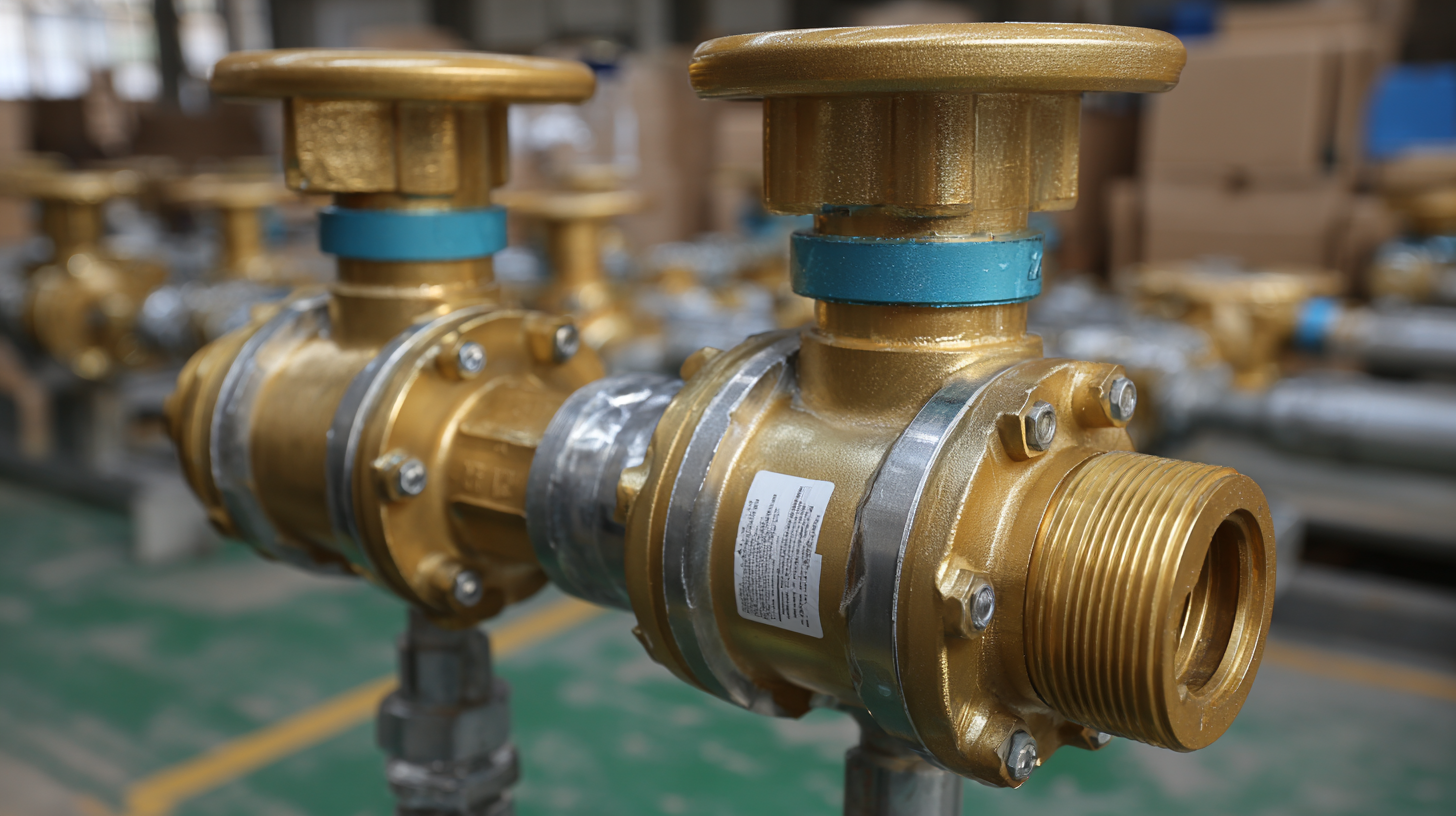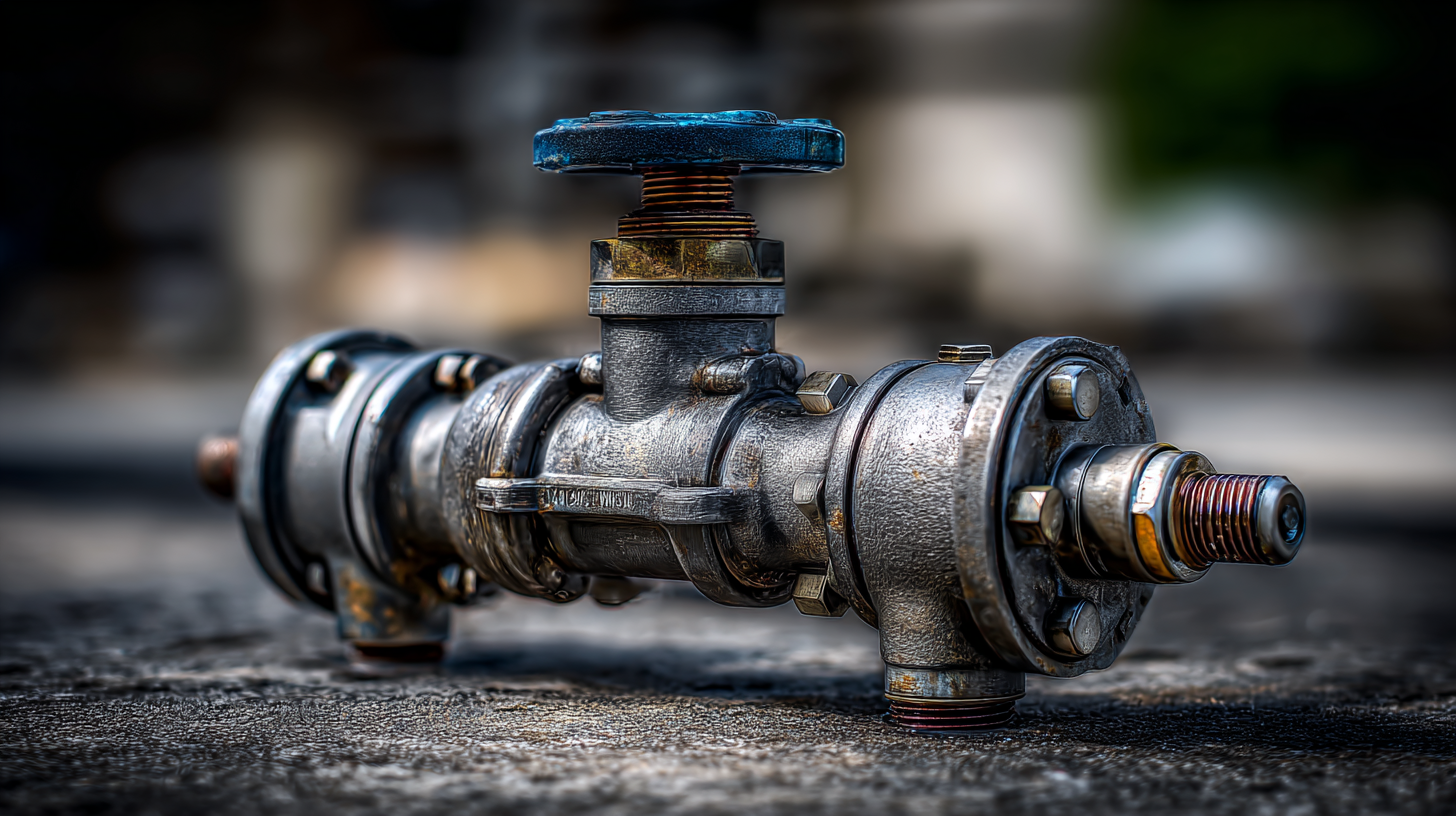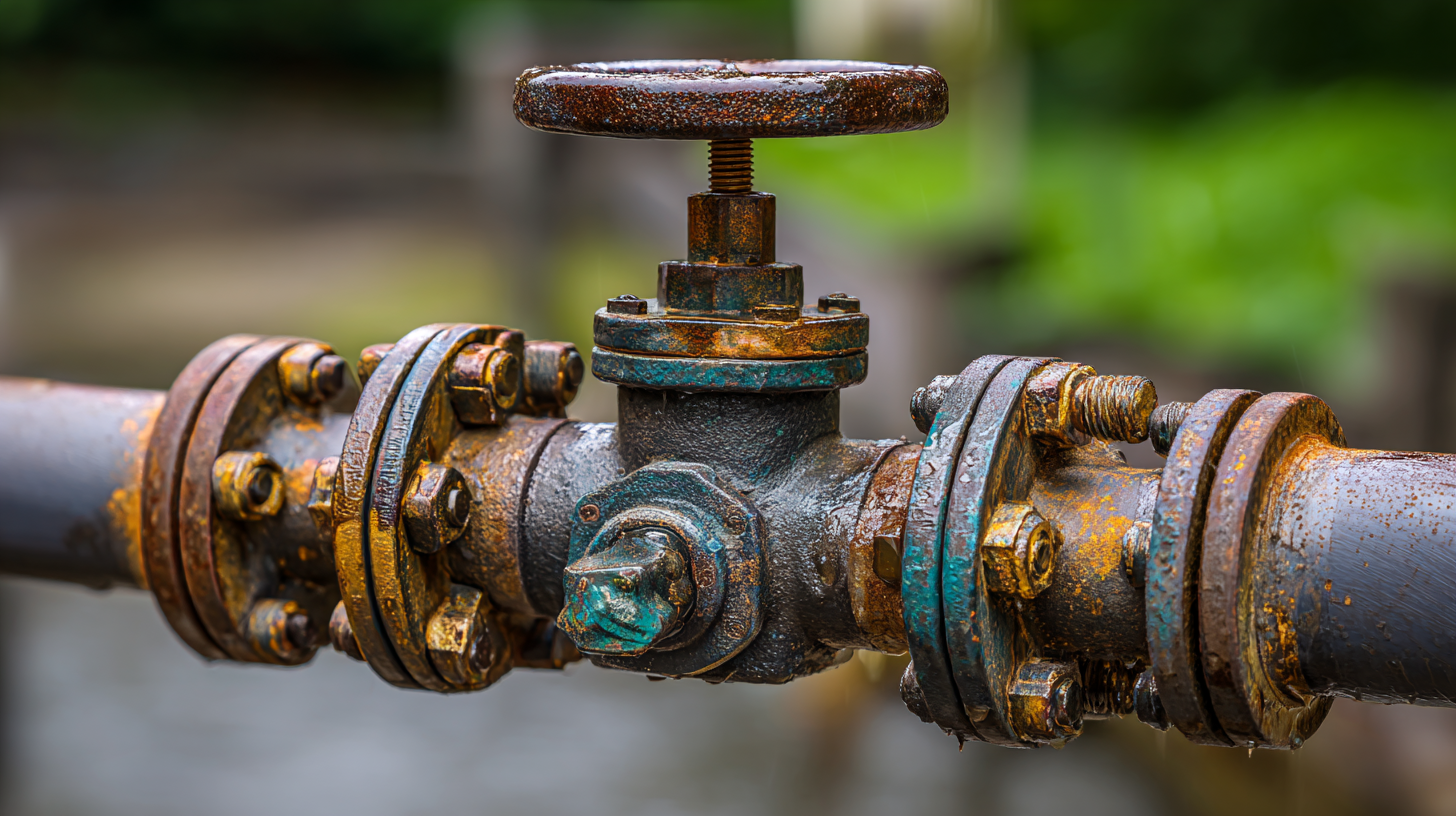Understanding the Challenges and Standards in Manufacturing the Best Backflow Preventer Valve
In the ever-evolving landscape of water management, the significance of high-quality Backflow Preventer Valves cannot be overstated. According to a report by the World Health Organization, improper management of drinking water systems can lead to significant health risks, with backflow incidents being a major concern. In fact, the global market for backflow prevention devices is projected to reach USD 1.2 billion by 2026, reflecting the increasing emphasis on water safety standards. As municipalities and industries strive to adhere to stringent regulations, understanding the challenges in manufacturing the best Backflow Preventer Valve is crucial. This blog will explore the complexities involved in creating these vital components and the standards that guide their production, ultimately emphasizing their role in safeguarding public health and infrastructure.

Emerging Technologies Shaping Backflow Preventer Valve Manufacturing by 2025
The landscape of backflow preventer valve manufacturing is on the cusp of transformation, driven by emerging technologies that promise to redefine industry standards by 2025. Innovations such as 3D printing and advanced materials are setting the stage for more efficient production processes. 3D printing, in particular, allows for the rapid prototyping of valve designs, enabling manufacturers to test and iterate quickly without the costs associated with traditional manufacturing methods. This technology not only accelerates development cycles but also allows for the creation of complex geometries that optimize performance and reliability.
Moreover, the integration of IoT (Internet of Things) devices into backflow preventer valves is enhancing monitoring and maintenance capabilities. These smart valves can communicate real-time data regarding pressure, flow rates, and potential malfunctions, enabling proactive interventions that prevent costly failures. As the industry embraces these cutting-edge technologies, manufacturers will be better equipped to meet both regulatory standards and customer expectations for quality and reliability, setting a new benchmark for backflow prevention solutions.
Understanding the Challenges and Standards in Manufacturing the Best Backflow Preventer Valve
| Dimension | Current Challenges | Emerging Technologies | Standards Compliance | Future Trends (2025) |
|---|---|---|---|---|
| Material Quality | Inconsistencies in raw materials | Advanced material testing and AI integration | ISO 9001 and ANSI standards | Increased focus on sustainable materials |
| Design Complexity | Difficulty in achieving optimal design | 3D printing and CAD innovations | ASME B1.20 compliance | Modular design concepts to enhance adaptability |
| Production Speed | Slow manufacturing processes | Automation and robotics | NFPA and AWWA standards | Adoption of smart factories |
| Regulatory Compliance | Keeping up with changing regulations | Blockchain for traceability | EPA standards | Greater emphasis on accountability |
| Cost Efficiency | High production costs | Digital manufacturing and lean processes | Cost-effective design standards | Optimized supply chain management |
Key Industry Standards and Regulations Impacting Backflow Preventer Design
When designing backflow preventer valves, manufacturers must navigate a complex landscape of industry standards and regulations that ensure safety and efficiency. Key organizations, such as the American Society of Sanitary Engineering (ASSE) and the American National Standards Institute (ANSI), set forth guidelines that dictate the materials, testing procedures, and performance criteria for these devices. Compliance with these standards is vital, as they are instrumental in preventing contamination of potable water systems, which can have dire public health implications.
Moreover, local plumbing codes often incorporate these national standards, creating a regulatory framework that manufacturers must adhere to when producing backflow preventers. Specific requirements may vary by region, necessitating a thorough understanding of local regulations in addition to national guidelines. Manufacturers must also be vigilant in monitoring updates to these standards, as regulatory bodies continuously refine their criteria to reflect advancements in technology and changes in public health priorities. This ongoing compliance is not only crucial for product certification but also for maintaining consumer trust and ensuring safe water supply systems.

Overcoming Common Manufacturing Challenges in Backflow Preventer Production
In the manufacturing of backflow preventer valves, overcoming common challenges is essential to ensure both performance reliability and compliance with industry standards. One significant hurdle is material selection. According to a 2022 report by the American Society of Mechanical Engineers (ASME), approximately 35% of backflow preventer failures are attributed to inadequate material properties under operating conditions. Choosing the right materials not only affects durability but also impacts the valve’s resistance to corrosive substances, which is fundamental for maintaining water safety.
Moreover, precision in manufacturing processes is critical. A recent industry analysis revealed that 40% of manufacturers faced issues with tolerances that did not meet the stringent guidelines set forth by the International Association of Plumbing and Mechanical Officials (IAPMO). This inconsistency can lead to leaks or valve failure, creating significant safety hazards. Implementing advanced manufacturing technologies such as computer numerical control (CNC) machining has proven to enhance precision, reducing the likelihood of error while simultaneously increasing production efficiency. Thus, addressing these manufacturing challenges through meticulous material selection and precision engineering is vital for producing high-quality backflow preventer valves.
Innovative Materials and Techniques for Enhanced Backflow Preventer Performance
In the pursuit of enhanced backflow preventer performance, innovative materials and techniques play a crucial role. A report by the American Society of Sanitary Engineering (ASSE) highlights that using advanced composite materials can lead to a significant increase in the durability and efficiency of backflow preventer valves. For instance, polymer blends and corrosion-resistant alloys can extend the operational lifespan by up to 40% compared to traditional materials. This is particularly important in environments where exposure to harsh chemicals is a concern.

Additionally, advanced manufacturing techniques such as 3D printing are revolutionizing the design and production of backflow preventers. According to a study by the International Association of Plumbing and Mechanical Officials (IAMPO), 3D printing allows for more intricate designs that improve flow dynamics and reduce pressure drops, enhancing overall performance. This method not only speeds up the prototyping phase but also allows for customization that meets the specific regulatory demands of various regions, ensuring compliance with the highest industry standards. As the market for water safety continues to grow, embracing these innovative approaches will be essential to manufacturing the best backflow preventer valves available.
Future Trends in Testing and Quality Assurance for Backflow Preventer Valves
In the landscape of manufacturing, particularly for backflow preventer valves, the focus on testing and quality assurance is evolving. Future trends indicate an increased reliance on advanced technologies, including artificial intelligence (AI) and automation, to enhance the precision of testing methodologies. This not only streamlines production processes but also ensures compliance with stringent industry standards, ultimately leading to products that consistently meet safety and performance benchmarks.
**Tips for Quality Assurance in Backflow Preventer Valve Manufacturing:**
1. **Incorporate Automation:** Utilizing automated systems can significantly reduce human error during quality checks, enabling real-time monitoring and data analysis that helps identify potential issues early in the production phase.
2. **Embrace AI Technologies:** Implementing AI can optimize testing procedures by predicting failures and streamlining adjustments necessary for maintaining high quality standards in manufacturing.
3. **Regular Training:** Continuous training for personnel on the latest testing standards and technologies will enhance their proficiency, ensuring that the quality assurance process remains effective and up-to-date with new developments.
As the industry moves toward a more technology-centric approach, keeping abreast of these trends will be essential for manufacturers aiming to deliver reliable and high-quality backflow preventer valves.
Backflow Preventer Valve Quality Assurance Metrics Over the Years
This chart illustrates the decreasing defect rate of backflow preventer valves from 2018 to 2023, highlighting improvements in manufacturing standards and quality assurance practices over the years.
